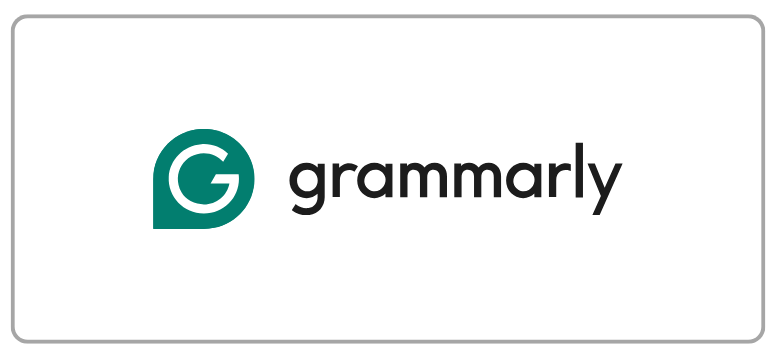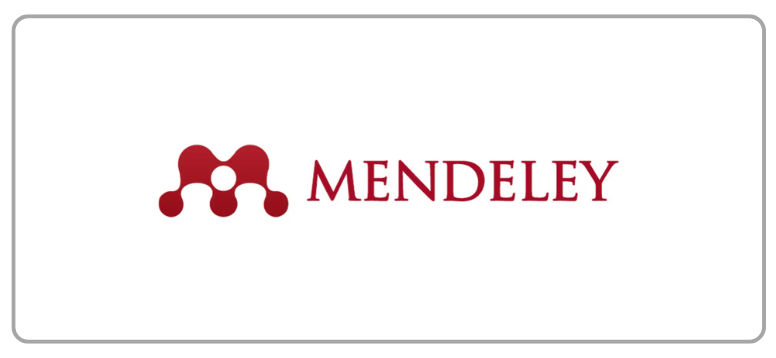Kisah Sukses Inovasi Marketing from Commodity Becomes Solution (Studi Kasus Tentang PT Holcim Indonesia Tbk)
DOI:
https://doi.org/10.21512/humaniora.v3i2.3401Keywords:
cement, expansion, commodity, Holcim, innovationAbstract
Cement is a strategic commodity. Indonesia as a developing country continues, cement becomes something absolute. Particularly, in the next few years, infrastructure development continues announced. To it, we need to anticipate the occurrence of scarcity (shortage) of cement to meet the needs in the country in the next couple years. Fears of a shortage of cement in the country are quite groundless. Currently installed production capacity of the national cement industry around 47.5 million tons per year, spreads over nine locations in Indonesia. Meanwhile, the average utilization rate of production capacity cement plant reaches between 80% -85% or about 38-40 million per year. Meanwhile, the current level of cement consumption reached about 33 million tons (still a surplus of about 5-7 million tons). The problem is, if the shortage is met from imports, it could damage the domestic cement industry. Therefore, to meet the interests of industry and consumers, the best way is the expansion of the new plant. And to support the expansion of the factory in the country, clearly requires a major investment. Based on the assumptions above, Holcim as a newbie in the national cement market, which previously bought cement Cibinong also takes part in the national market. Now, Holcim is not half-hearted continuously expanding its new factory in Tuban to increase the strength of its two plants that are already running. A series of innovations in marketing activities are carried out, ie not just treating cement as a commodity but rather providing a range of service solutions to users via the outlet solution that provides aid earthquake resistant building design, material supply multi-brand, as well as a series of cooperation in the process of financing by establishing cooperation to the bank.
Â
Â
References
Garvin, D. A. (1988). Managing Quality. New York: The Free Press.
James, E. F., Blackwell, dkk. (1987). Perilaku Konsumen. Cetakan Pertama. Jakarta: Binapura Aksara.
Juran, J.M., dan Gyrna, F. M. (1988). Juran’s Quality Control Handbook 4th edition. New York: Mc Graw Hill Book.
Kertajaya, H. (2007). Boosting Loyalitas Marketing Performance. Bandung: Mizan Pustaka.
Kotler, P. (1997). Manajemen Pemasaran: Analisa Perencanaan Implikasi dan Kontrol. Jilid I. Jakarta: Prennalindo.
______. (2001). Marketing Management, The Millennium Edition, New Jersey: Prentice Hall.
Parasuraman, A., Zeithaml, A. V. and Leonard, B. L. (1988). Delivering Quality Service: Balancing Customer Perceptions and Expectations. New York: Free Press A Division of Simon & Schuster.
R, Mc. K. (1991). Relationship Marketing; Successful Strategis for the Age of the Customer. New York: u.a.
Rambat, L., dan Hamdani, A. (2006). Manajemen Pemasaran Jasa. Jakarta: Penerbit Salemba Empat.
Schnaars, S. P. (1991). Marketing Strategy. Smun & Schuster.
Tjiptono, F. (1995). Strategi Pemasaran. Yogyakarta: Andi Offset.
______. (2005). Pemasaran jasa. Edisi Pertama. Bayumedia Publishing.
Downloads
Published
How to Cite
Issue
Section
License
Authors who publish with this journal agree to the following terms:
a. Authors retain copyright and grant the journal right of first publication with the work simultaneously licensed under a Creative Commons Attribution License - Share Alike that allows others to share the work with an acknowledgment of the work's authorship and initial publication in this journal.
b. Authors are able to enter into separate, additional contractual arrangements for the non-exclusive distribution of the journal's published version of the work (e.g., post it to an institutional repository or publish it in a book), with an acknowledgment of its initial publication in this journal.
c. Authors are permitted and encouraged to post their work online (e.g., in institutional repositories or on their website) prior to and during the submission process, as it can lead to productive exchanges, as well as earlier and greater citation of published work.
USER RIGHTS
All articles published Open Access will be immediately and permanently free for everyone to read and download. We are continuously working with our author communities to select the best choice of license options, currently being defined for this journal as follows: Creative Commons Attribution-Share Alike (CC BY-SA)




















